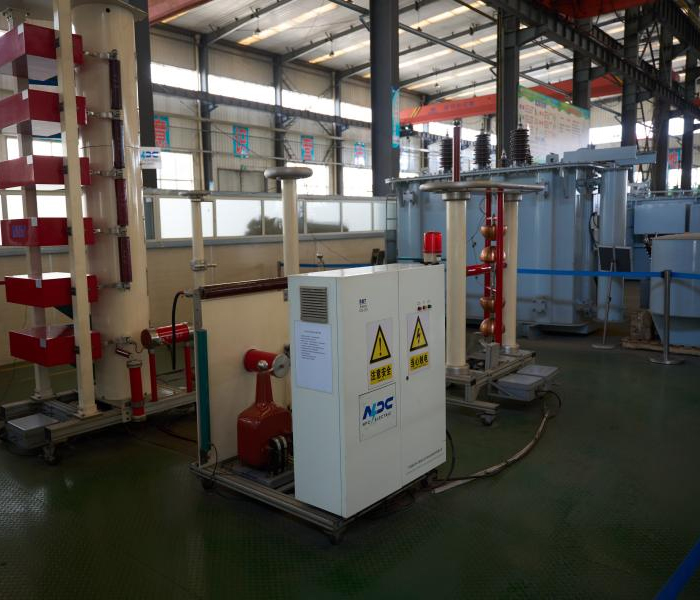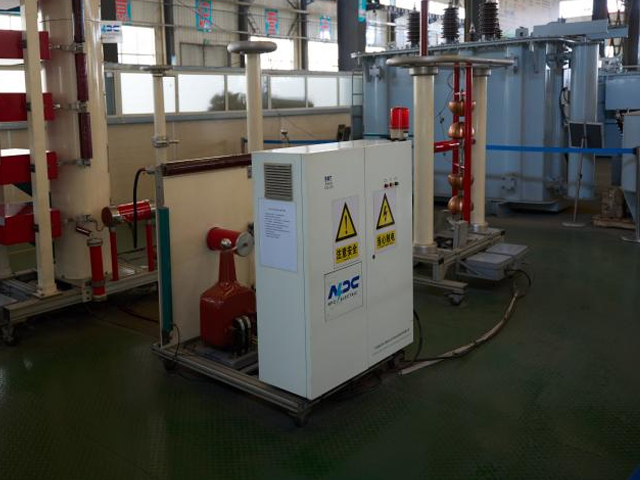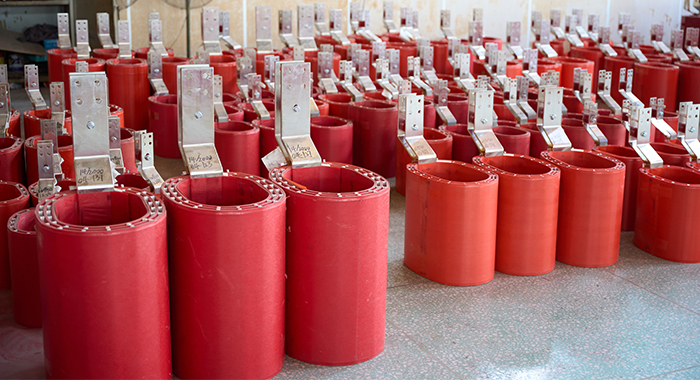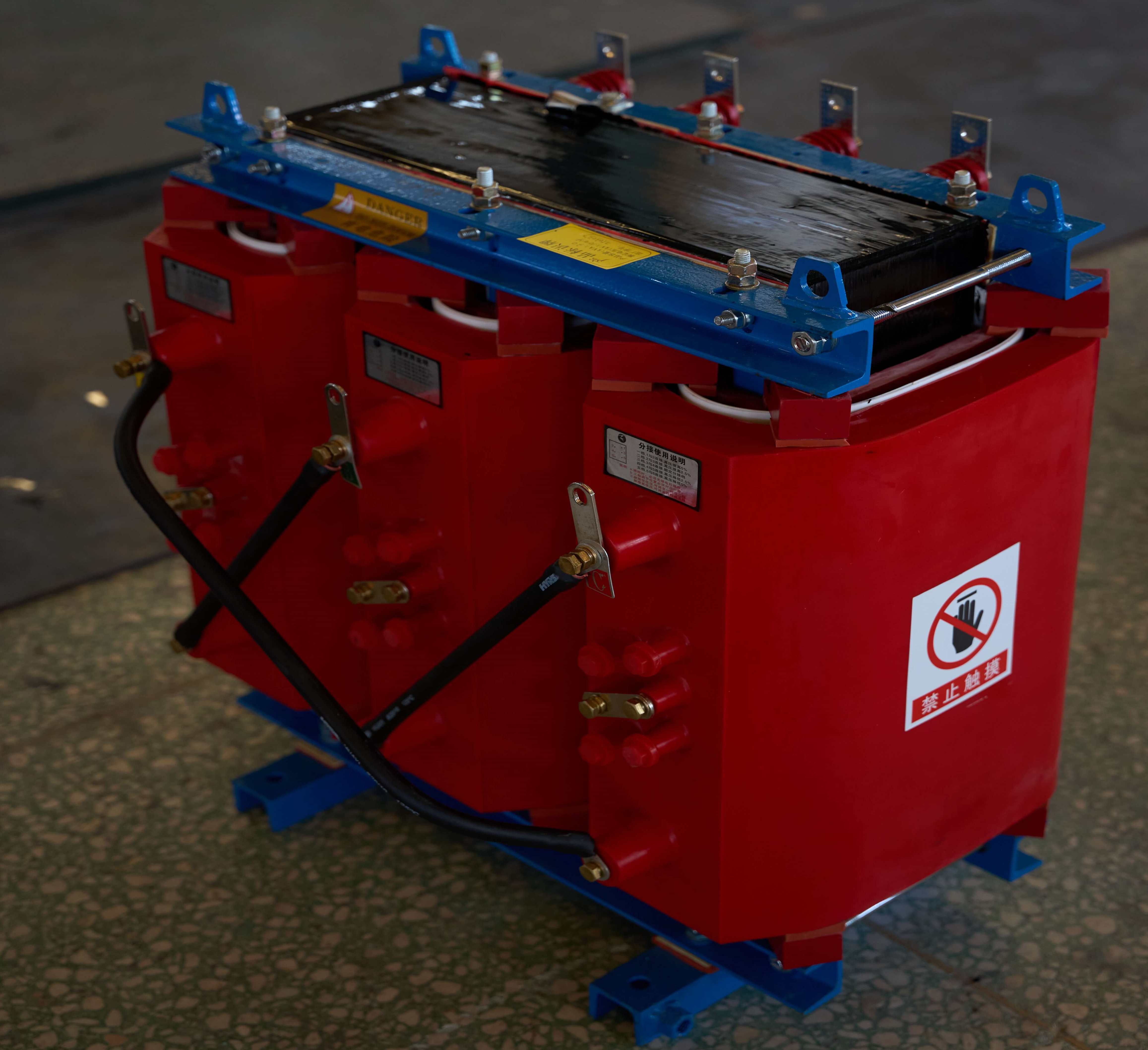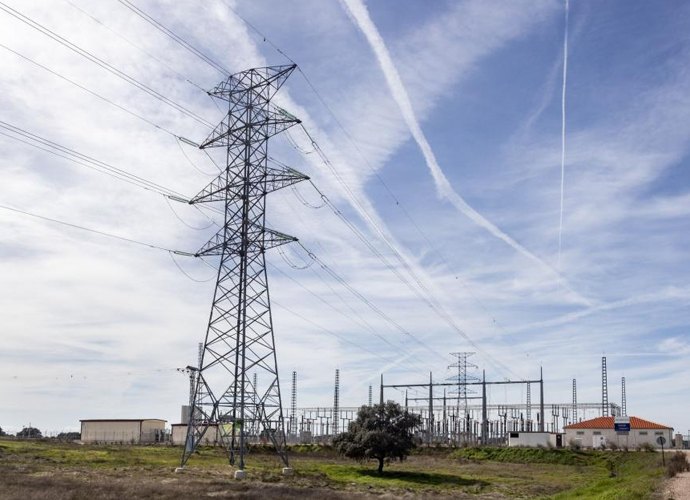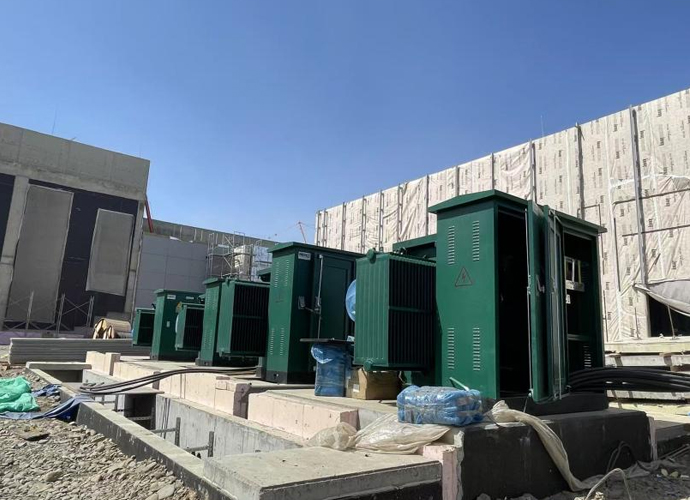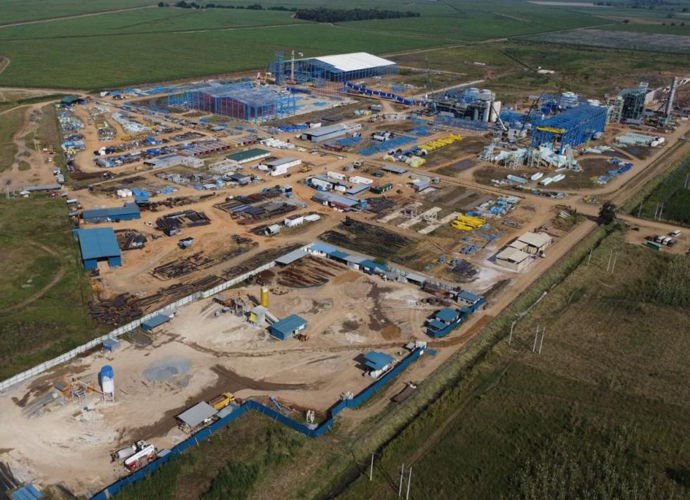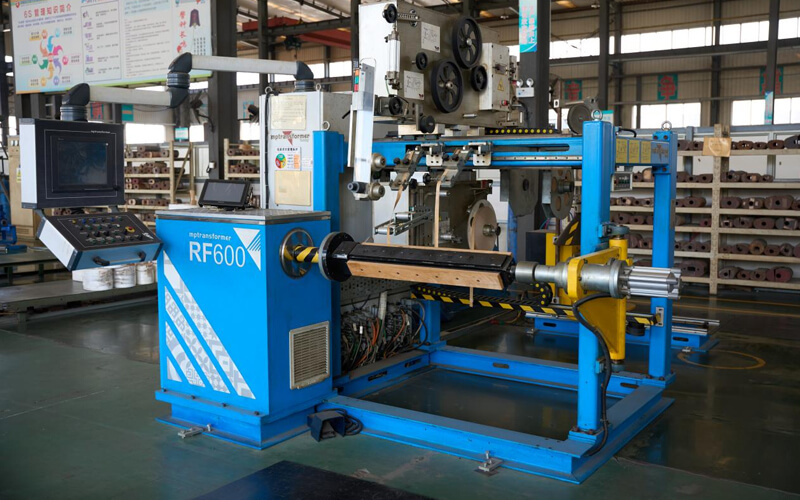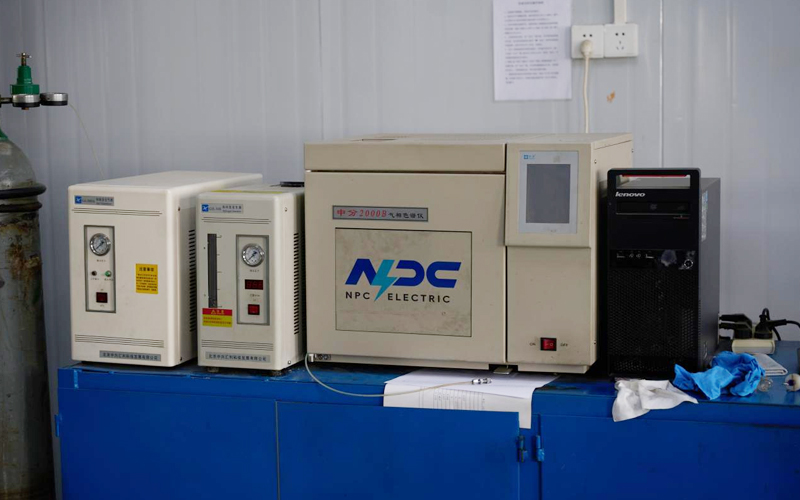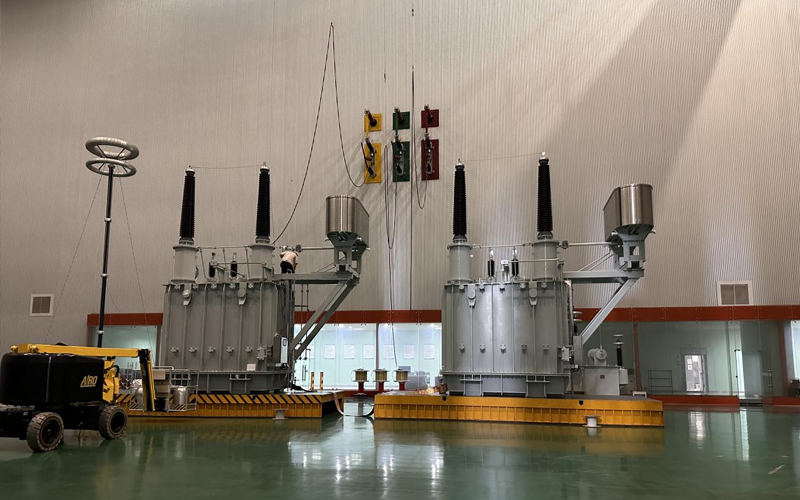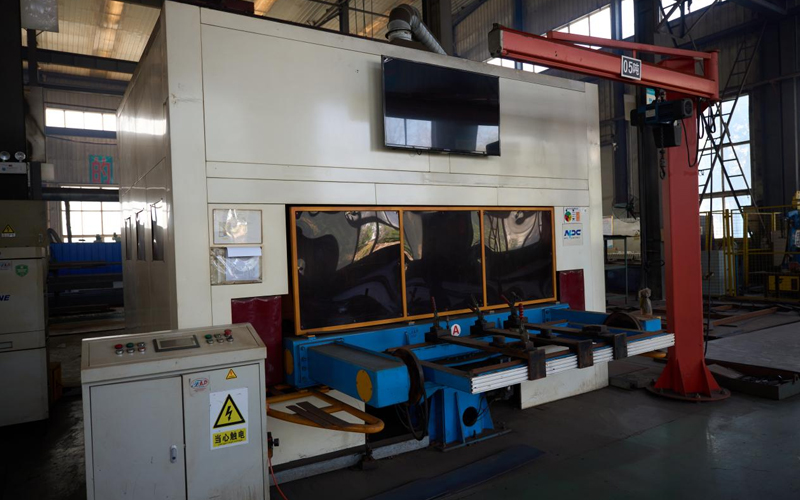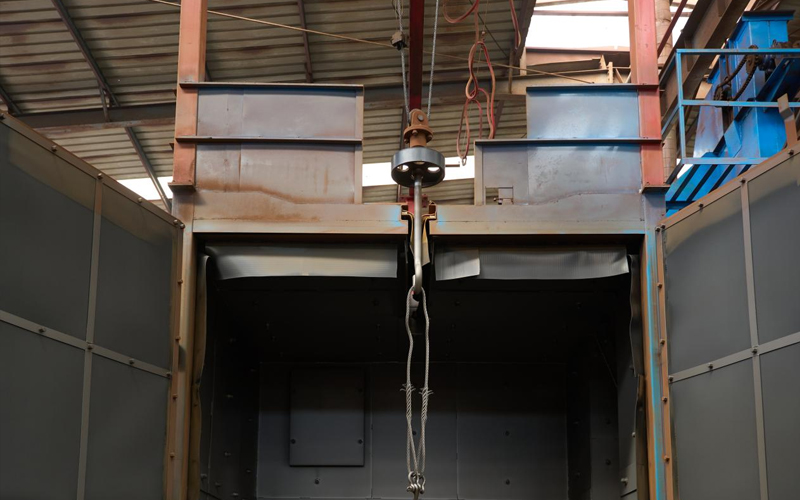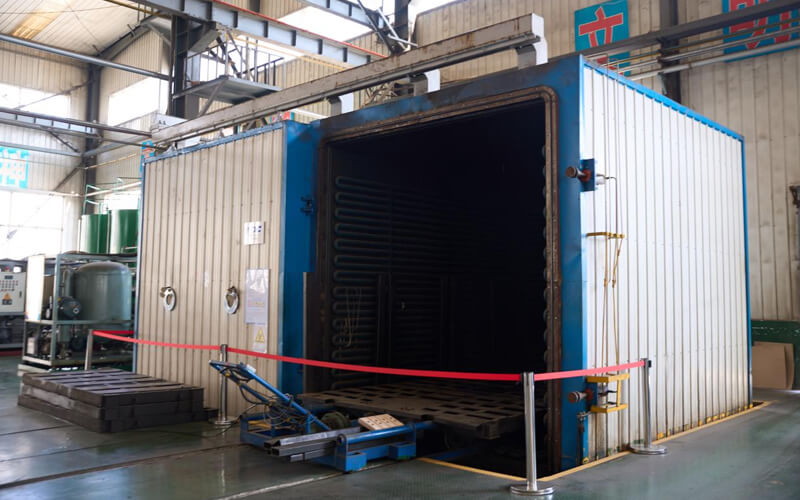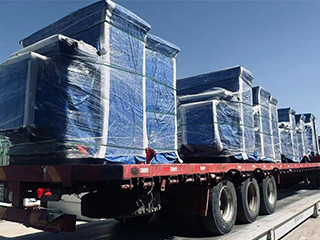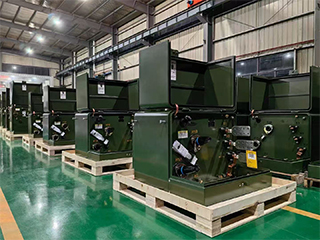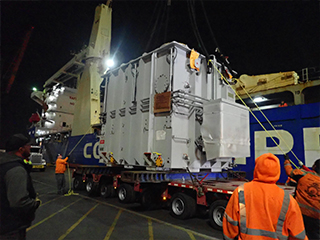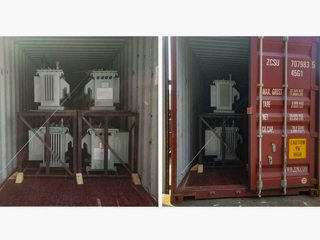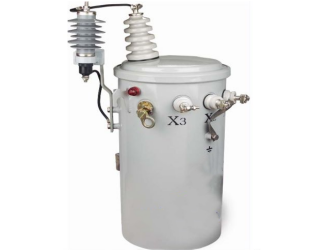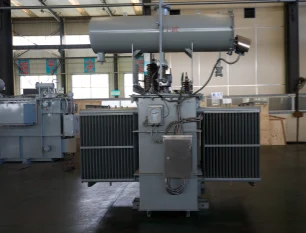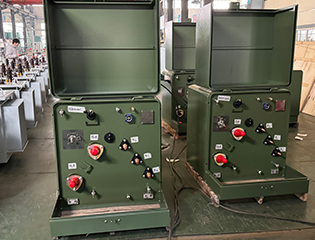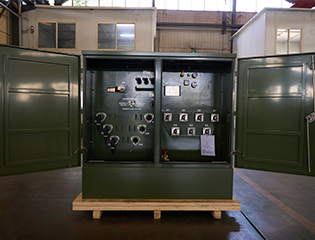100kVA Dry Type Transformer
- Primary Voltage Ratings 34.5-19.92/13.8-7.957/13.2-7.62/12.47-7.2, 24.94, 26.25, 33 or others
- Secondary Voltage Ratings 480/277V,400/230V,380/220V or customized
- H.V. Tap Range ± 2×2.5% HV taps or others
- Type Dry type transformer
- BIL 30/95kV
- Standards IEEE, ANSI, NEMA,IEC,GB
- Application power systems and distribution networks, office buildings, transportation facilities,theaters, hospitals, hotels etc
- Power Rating 100kVA
- Certificate UL ,CESI, ISO
- Cooling Method OA/OF
- Opeartion Step Down & Step Up
Technical Specifications
| Technical Specifications | ||
| Rated Power | 100 kVA | |
| Rating Primary Voltage | 2.4-34.5kV | |
| Secondary Voltage | 480/277V 400/230V 380/220V Customized |
|
| Frequency | 50/60Hz | |
| Vector Group | Dyn11,Yyn0,Dyn5 | |
| Winding Material | Aluminum/Copper | |
| Efficiency | As IEEE,Doe 2016,CAS Std or Customized | |
| Impedance Voltage | Nominal 2% or Customized 1.1-5.75% | |
| Altitude | ≤1,000m or Customized | |
| Enclosure material | 304 Stainless Steel | |
| Total Weight | 500 kg | |
| Outline Dimensions(L×W×H)in. | 850×650×1150(mm) | |
| HV Bushing |
| LV Bushing |
| Tap changer connector |
| Lifting hook for complete transformer |
| Name plate |
Customization Optional
Packing and Shipping
First, the transformer will be carefully packed in a sturdy wooden box with sufficient pressure resistance and shock resistance to withstand the shock and vibration that may be encountered during transportation.
High-density foam plastics or sponge pads are used in the box for shock protection to ensure that the transformer will not be displaced or collided during loading and unloading. In order to prevent moisture, dust and pollution, the surface of the transformer will be wrapped with a waterproof film or plastic film, and moisture-proof materials such as desiccant will be placed in the wooden box to avoid the performance of the transformer affected by climate change during transportation.
The basic information of the transformer, such as model, rated capacity, factory date, consignee information, etc., will be clearly marked on the packaging box, and transportation warning signs such as "fragile items", "moisture-proof", "do not tilt", etc. will be affixed to ensure that the transport personnel can pay special attention when handling.
The transportation methods of transformers usually include land transportation, rail transportation or sea transportation, and the specific choice depends on the transportation distance and destination requirements. During loading, the transformer must be placed firmly in the transport vehicle or container and properly shockproofed to avoid severe vibration or tilting during transportation.
During transportation, all packaging and protection measures will ensure that the transformer will not be affected by external climatic conditions or external impacts. Moisture-proof measures are particularly important in long-distance transportation. Upon arrival at the destination, the consignee should check the packaging to ensure that there is no damage and communicate with the supplier or transportation company in a timely manner.
The entire packaging and transportation process requires careful operation to ensure that the transformer is intact when delivered and can be put into use smoothly.
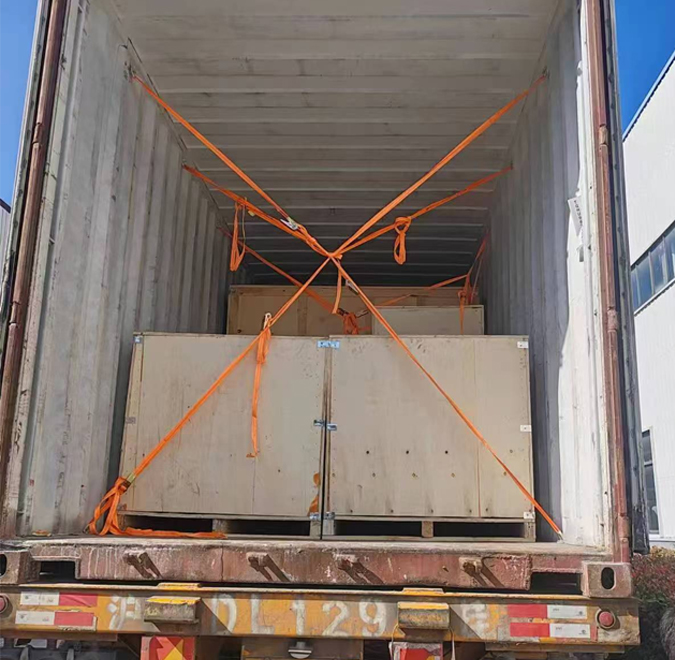
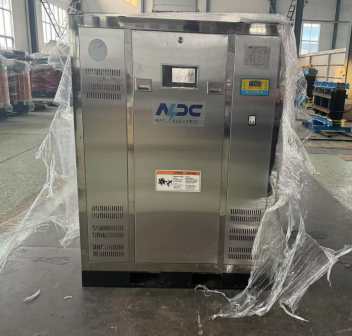
Manufacturer Test
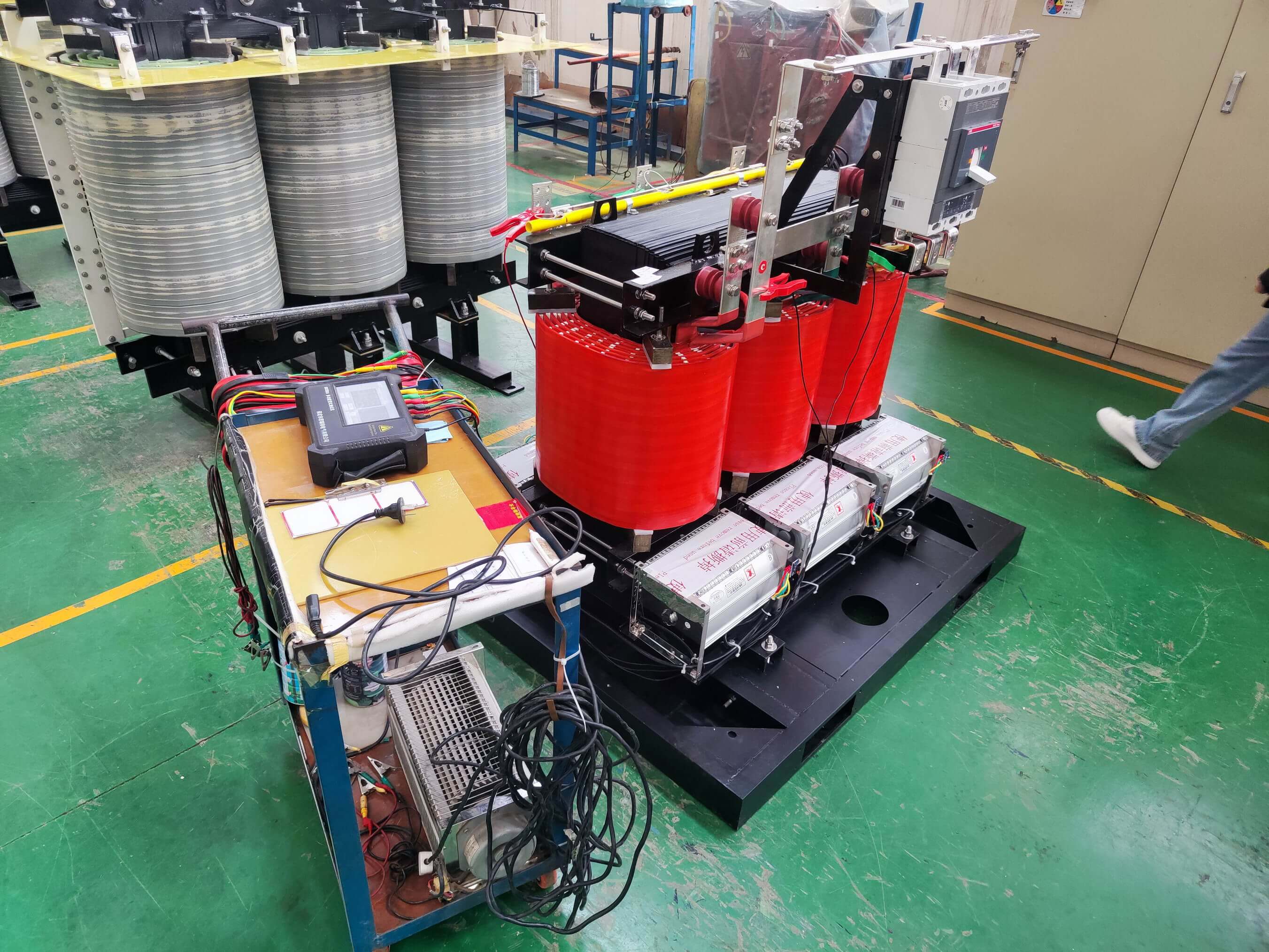
Progress Test
To ensure that the 100kVA dry-type transformers produced by NPC Electric have excellent electrical performance, long-term stability and safety, they are tested before leaving the factory. The test content covers electrical performance, temperature rise, load capacity, short-circuit resistance, noise control, insulation performance and other aspects, aiming to verify the reliability and safety of the transformer under various conditions of use.
The insulation resistance and withstand voltage test first strictly tested the insulation system of the transformer. Through the high-voltage withstand voltage test, the transformer performed well in all electrical indicators. The insulation resistance value is much higher than 1000MΩ, proving that its insulation layer can effectively prevent electrical leakage and remain safe and reliable when operating in a high-voltage environment, in line with international electrical safety standards.
The no-load test tests the performance of the transformer under no-load conditions. The test results show that the no-load current and no-load loss are within the design allowable range, and the no-load loss is low, showing that the transformer has a high efficiency of energy utilization. The stability and low energy consumption characteristics of the transformer under no-load conditions meet the customer's requirements for high-efficiency transformers.
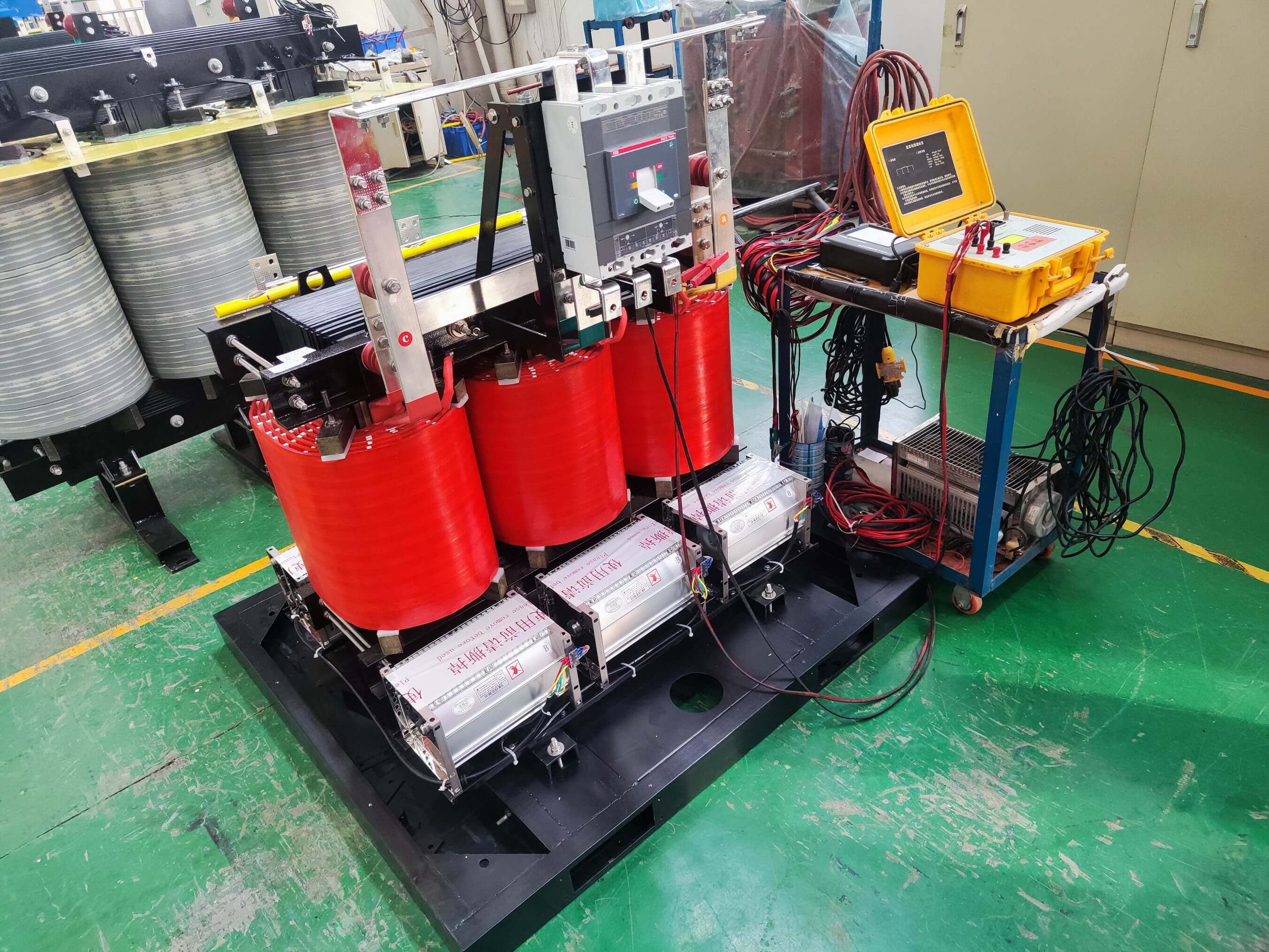
Design Tests
All transformer will be test after finished the production, test items as below:
♦ Insulation Power Factor
♦ Winding Resistance
♦ Impulse Tests
♦ On load Loss Test
♦ No Load Loss Test
♦ Leak Test
♦ DC Insulation Resistance Test
♦ Transformer Turns Ratio/TTR (All Tap Voltages)
♦ Impedance Voltage & Load Loss (Rated Voltage)
♦ Excitation & No-Load Loss (Rated Voltage)
♦ Applied Voltage
♦ Induced Voltage
♦ Lightning Impulse
♦ Insulation Resistance (Rated Voltage)
♦ Temperature Rise
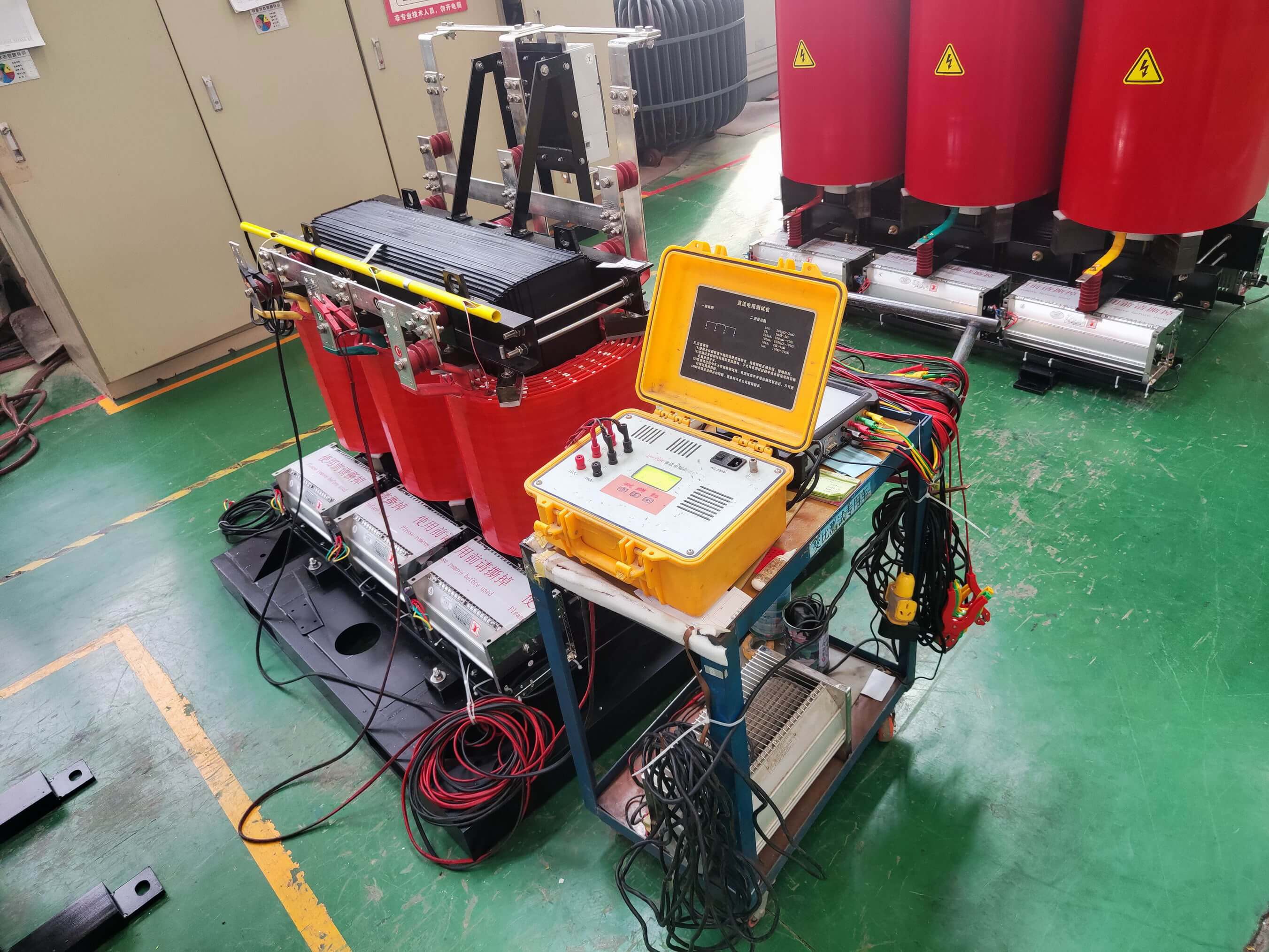
Transformer Factory Acceptance Test
NPC Electric conducts rigorous quality control testing on every transformer or representative samples, as well as on specific components and materials, to ensure compliance with design specifications throughout the production process.
The Factory Acceptance Test (FAT) for a 100kVA three-phase dry-type transformer is a critical step performed before shipment to verify that the unit meets all applicable standards and delivers optimal performance. The FAT includes the following key procedures:
Visual Inspection: Evaluates the transformer’s physical condition, including the enclosure, terminals, and labeling, to ensure conformance with design and safety requirements.
Electrical Testing: Involves measuring winding resistance, insulation resistance, and performing turns ratio tests to validate electrical integrity and functionality.
Dielectric Strength Test: Applies high voltage across the insulation system to ensure it can endure both normal and transient operating voltages without failure.
Load Testing: Simulates real-world operating conditions to assess the transformer’s voltage regulation, temperature rise, and overall efficiency under load.
Protection Device Testing: Verifies the proper operation of integrated protective components such as thermal sensors, temperature relays, and tap changers (if applicable).
Routine Test - Winding Resistance
Test voltage source (commonly used are 6V, 10V, 20V, 40V or 100V, depending on the equipment model or customer requirements)
Temperature and humidity meter (used to record the ambient temperature and humidity during the test)
Disconnect the electrical connection between the test cable and the equipment to ensure that there is no external current or voltage interference.
Select a suitable voltage range for testing and set the test voltage according to the equipment requirements.
Connect the test equipment to the winding terminals of the device under test, making sure the connections are secure and properly grounded to avoid measurement errors.
Apply Test Voltage:
Select the appropriate test current according to the equipment specifications (such as test current for low-voltage windings, single-phase or three-phase windings).
Winding resistance (usually expressed in units of "Ω")
Test current (A)
Test voltage (V)
Temperature (record the winding temperature before and after the test)
Resistance deviation is between 5% and 10% (warning)
Resistance deviation exceeds 10% (further inspection or corrective action is required)

Application
Technical Advantages
Product Packaging
Related Products
FAQ From Customers
-
What is a Transformer?A transformer is an electrical device used to change the voltage of alternating current (AC). It works on the principle of electromagnetic induction, converting high-voltage current into low-voltage current or low-voltage current into high-voltage current. Transformers are widely used in power transmission, distribution systems, and various electronic devices.
-
What are the main uses of a transformer?The main use of a transformer is voltage conversion. Transformers are used in power transmission systems to help transfer electricity from power plants to consumers. In addition, transformers are also used in electronic devices such as chargers, televisions, power adapters, etc., to adjust the voltage to meet the requirements of different devices.
-
Do you have UL listed?Yes, our transformer has UL listed. We have exported to America many pad mounted transformer,substation transformer and HV.

